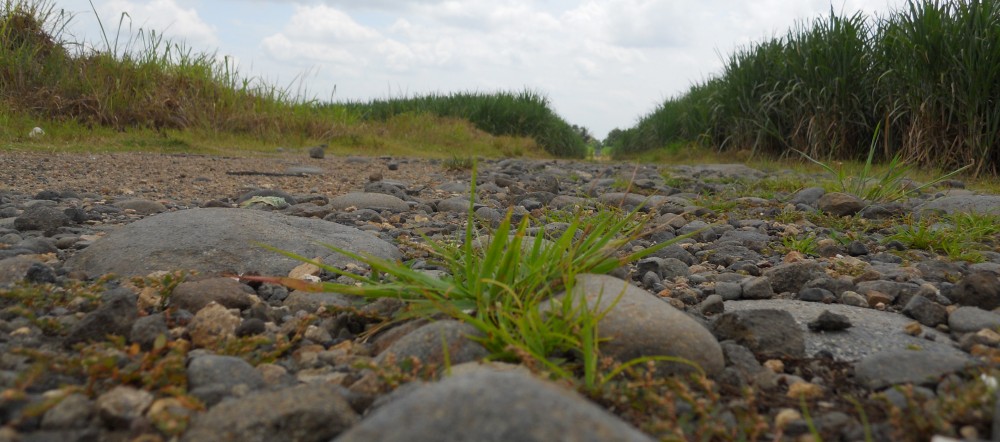I use to have a big anxiety about being in front of the classroom. It was a really annoying thing to have anxiety about because all through life you present yourself in front of people. In high school, I ended up becoming heavily evolved in theatre for all 4 years and I am currently minoring in Theatre management. I can honestly say that by allowing myself to ease into a hobby that helps eliminate that anxiety it has helped me in other areas of my life. This yoga class is a perfect example.
I discuss that anxiety above because of the fact that we taught the class Hatha Yoga poses. I was nervous at first when we were told we were going to be teaching the class a lot during this May Term. Then it quickly faded away because all of us students were in the same boat. We all had to do it.
The Triangle Pose (Trikonasana)
The pose that I ended up teaching the class is called the Triangle Pose, also known as Trikonasana in Sanskrit. It is used in order to increase mobility in the hips and lower back. The pose can also be felt in the legs, neck, spin, and arms. The benefits of the pose include reduced stiffness in various parts of the body, correcting the alignment of the shoulders, strengthening of the ligaments in both the arms and legs, as well as many other benefits. It is important t take caution when doing this pose. Not all poses are safe for everyone to do especially if you known that a pose may hurt a current injury even more. The twisting of the spin may be beneficial to some but it can also hurt the lower back instead of help. Always take caution when performing yoga and never push into poses that are uncomfortable. Yoga needs to be taken at a slow and steady rate. Rushing into difficult poses is never a good idea.
Performing the Pose
The poses is usually done in two part, facing right, and then facing left.
1.) Start by standing in the Mountain pose facing the front of the mat.
2.) Turn your body to face the side of the mat and walk your legs apart about 3-4 feet. (the more advanced you are the further you can have your legs apart) Make sure that your heels are inline with each other.
3.) Turn your right foot 90 degrees to face the front of the mat and turn your left foot inward about 45 degrees.
4.) Extend your arms out to create a T-shape with your body, reaching out to feel as though your arms and legs continue on beyond what they really are. Inhale as you bring your arms up. The palms of your hands should be facing down.
5.) The legs should be making a triangle and your arms should be parallel to the floor. Remember to stay as straight in line with your body as possible. Imagine yourself pressed between two panes of glass.
6.) Drop your right arm down to touch either your shin or your floor and extend the left arm up into the air above you. The arms should still be in line with each other. Turn your face up to look at the inside of your left palm. Exhale while you move down into this position.
7.) Repeat breathing in and out as much as you would like. Exhale as you come up from the pose.

Pranayama Breathing

Meditation has always been something I found very interesting. I have done it a few times for theatre classes as well as on my own. I would love to make it a regular part of my week. I think that I will find myself a lot more relaxed and focused if I bring meditation into my life.
I absolutely love Pranayama breathing! When we did the A-O-M pranayama it certainly made me feel like the class was connected as one. I find that very rewarding and it is exactly what I was hoping we would do in class. Being aware that you are one with the Universe is a really exciting feeling.
